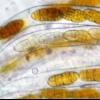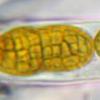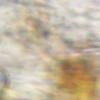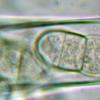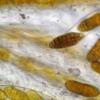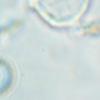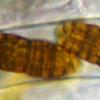
07-01-2026 10:24
 Danny Newman
Danny Newman
Pezicula sp. on indet. hardwood Appalachian Highl

07-01-2026 22:22
 Danny Newman
Danny Newman
Tatraea sp. on indet. hardwood The Swag, Great Sm

07-01-2026 17:29
 Marc Detollenaere
Marc Detollenaere
Dear Forum,On a barkless Populus I found some smal

10-11-2021 17:33
 Riet van Oosten
Riet van Oosten
Add-on topic http://www.ascofrance.com/forum/7059

07-01-2026 10:05
 Danny Newman
Danny Newman
cf. Chaetospermum on XylariaCosby Campground, Grea

02-01-2026 17:43
MARICEL PATINOHi there, although I couldn't see the fruitbody, I

04-01-2026 17:45
 Stephen Martin Mifsud
Stephen Martin Mifsud
I was happy to find these orange asmocyetes which
Ascomata developing under the bark (Betula), erumpent, up to 6 together. Ascomata black, globose to ellipsoid with slightly papillate ostioles. Asci about 270 x 18 mu, bitunicate and uniseriate. Ascospores 30-40 x 13-15 um, hyaline turning brownish, firstly one median septum, subsequently 3-septate and becoming golden yellow and muriform. End cells appear to remain paler. Presumed anamorph with hyaline, cylindric conidia with small guttules, about 3 x 1 um.
Little is known about Fenestella betulae described in 1883 by Saccardo. Berlese (1900) treated it as a synonym of F. princeps (= F. fenestrata) but the ascospores of F. betulae appear to much smaller. A modern description does not exist. Jaklitsch & Voglmayr (2020) could not include it in their recent treatment of the genus because of lack of fresh material.
It would be interesting if somebody has more information on this species.
Thanking in advance for help, Eduard




